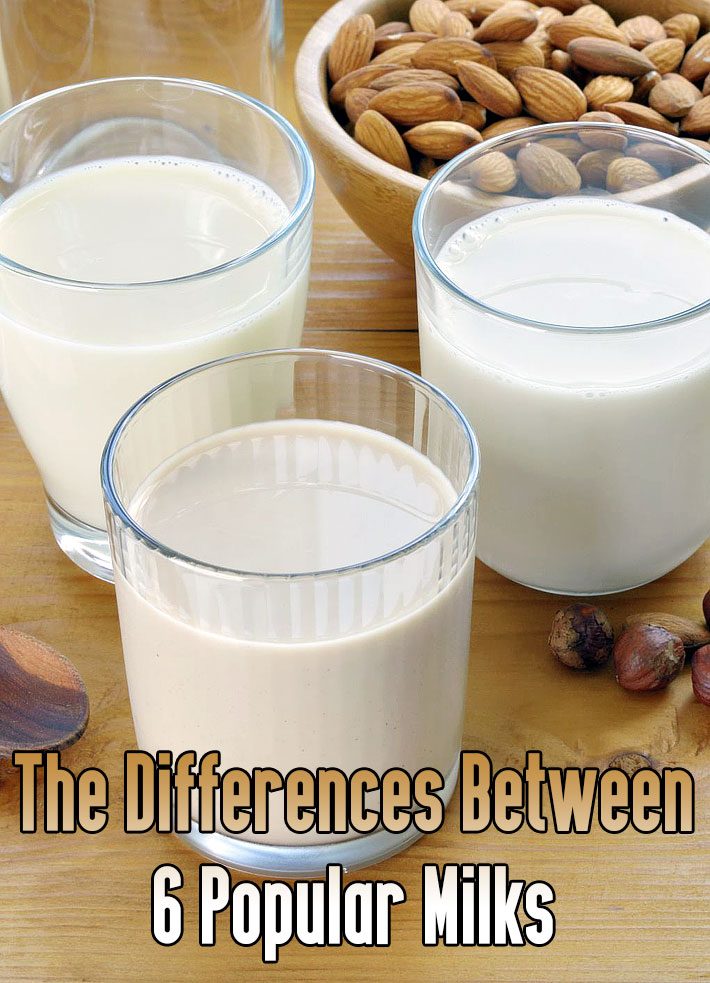
Stand in front of a dairy case these days and you may feel a little overwhelmed by the options. From whole-fat cow’s milk to hemp milk and kefir, which is best? “Nutritionally and functionally, these milk products are very different,” says Bonnie Y. Modugno, a registered dietitian and nutritionist in Los Angeles. “As with every question about what to eat, the answer lies with the individual’s metabolic status and personal preference.”
Here’s what you need to know about six popular milks.
1. Almond milk

This is a dairy-free milk created by toasting and grinding the crunchy nuts and blending them with water. The result is a milk with a creamy texture and a nutty taste.
Comes in: Sweetened and unsweetened flavors
Wins points for: Magnesium, selenium and vitamin E, which can improve the health of your bones, provide antioxidants and help your immune system and metabolism, says Candice Seti, a certified nutrition coach in San Diego. Almond milk is also cholesterol- and lactose-free, making it a popular alternative for those who want to avoid dairy products or those who are lactose-intolerant. Because almond milk is low in sodium, it’s also a great option for anyone to maintain a healthy heart. “Where almond milk beats out the competition is with calories, carbs and sugars and calcium,” Seti says. “At only 30 calories, almond milk is the lowest-calorie option, and it has 0 grams of carbs and sugar and provides a whopping 45 percent of your daily calcium — even more than cow’s milk.”
Loses points for: When compared with soy milk and cow’s milk, almond milk is very low in protein.
2. Cow’s milk
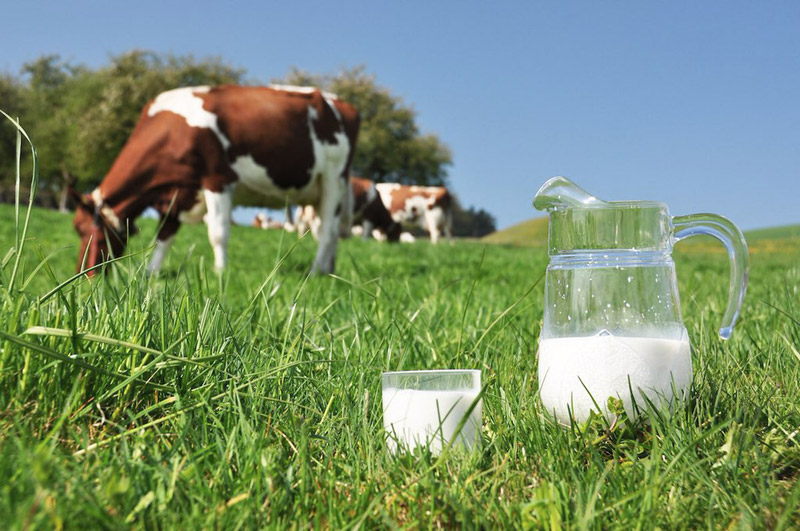
The most popular of milks, this is produced by the mammary glands of cows.
Comes in: Whole milk, 2 percent fat, 1 percent fat, skim
Wins points for: High in protein (and a complete protein which means it has all the essential amino acids the body needs to synthesize protein), calcium (it provides 29 percent of the daily recommended intake) and vitamin B12, a vitamin that can only be naturally found in animal products, says Rebecca Lewis, a registered dietitian for Hello Fresh, a meal delivery service. “This vitamin is critical for our brain function and nervous systems as well as the carrier that brings iron into our bloodstream to help form new blood cells.” It’s touted as the milk to drink for strong bones and muscles and even to help fight cavities. “Since it’s an alkaline fluid, it reduces the acidity in our mouths,” Lewis says. “This helps fight plaque formation, reduces the risk of cavities and prevents tooth decay.”
Loses points for: Milk is higher in saturated fat than other options on this list. For example, one cup of whole milk contains 4.6 grams of saturated fat; one cup of 2 percent milk contains 3.1 grams; and one cup of 1 percent milk contains 1.5 grams.
3. Hemp milk
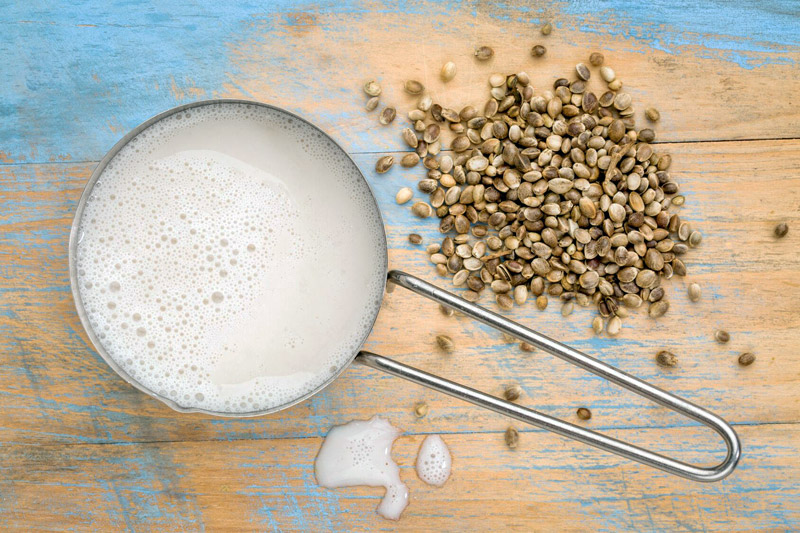
This milk is made from hemp seeds that are soaked and ground in water. The result is a nutty-beany tasting milk that’s creamier than other milk options.
Comes in: Organic, non-GMO and unconventional options in unsweetened, original and flavored varieties
Wins points for: Hemp seeds are packed with omega-3 fatty acids that can help keep cholesterol levels and blood pressure in check. With 140 calories, 5 grams of fat and 3 grams of protein per cup, hemp milk is a nutritious alternative to cow’s milk, especially if you can’t eat dairy foods for allergy, medical or lifestyle reasons.
Loses points for: Fat content. Unsweetened hemp milk has more fat than other milk options.
4. Kefir

Kefir is a fermented milk that resembles a drinkable yogurt in taste. It can be made from cow, goat or sheep milk.
Comes in: Organic or conventional and sold as bottled drinks, frozen kefir and cheese
Wins points for: Being high in beneficial yeast, probiotic bacteria, protein, calcium, vitamins D and B12
Loses points for: Kefir may cause constipation and/or intestinal cramping.
5. Rice milk

The most hypoallergenic of all the milk options, rice milk is a dairy-free milk made from boiled rice, brown rice syrup and brown rice starch. It’s also the sweetest of the milk options.
Comes in: Sweetened and unsweetened
Wins points for: Rice milk is very low in fat and also contains high levels of magnesium to control blood pressure, says Seti. It’s also dairy-free, so it’s good for anyone who is lactose intolerant.
Loses points for: Rice milk doesn’t contain as much calcium or protein as cow’s milk. It also contains high levels of carbohydrates. “Rice milk comes in at 26 grams of carbs per serving, significantly more than all of the others,” Seti says. “This makes it higher in sugars as well. Rice milk is also the highest calories, so for anyone watching their calorie and carb intake, rice milk might not be a good fit.”
6. Soy milk
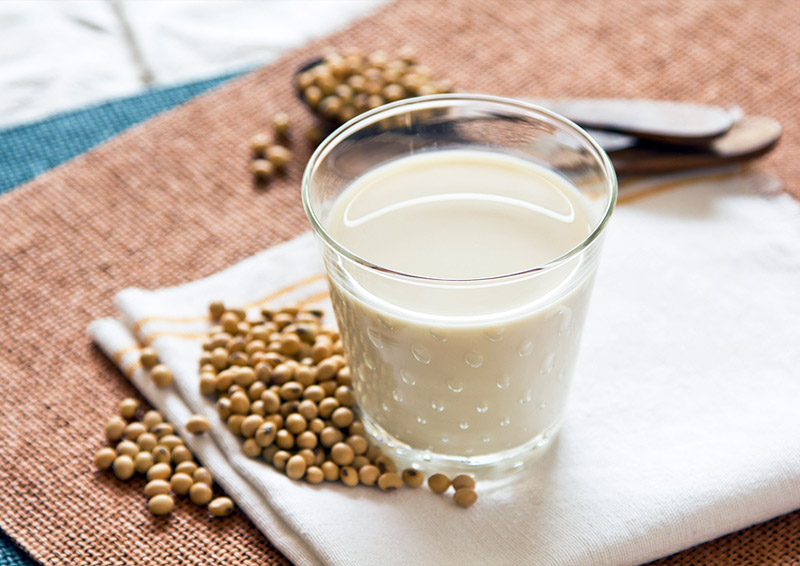
Soy milk is produced by soaking dried soybeans and grinding them in water.
Comes in: Flavored and unflavored varieties
Wins points for: Soy milk is a complete protein (like cow’s milk) and fiber; it’s also low in sodium and can help reduce LDL, or “bad” cholesterol.
Loses points for: Soy is considered a phytoestrogen (or plant-sourced estrogen), and the soy estrogens in soy milk can affect hormonal balance. “It’s also one of the highest milks in terms of fat and is lowest in calcium,” Seti says.

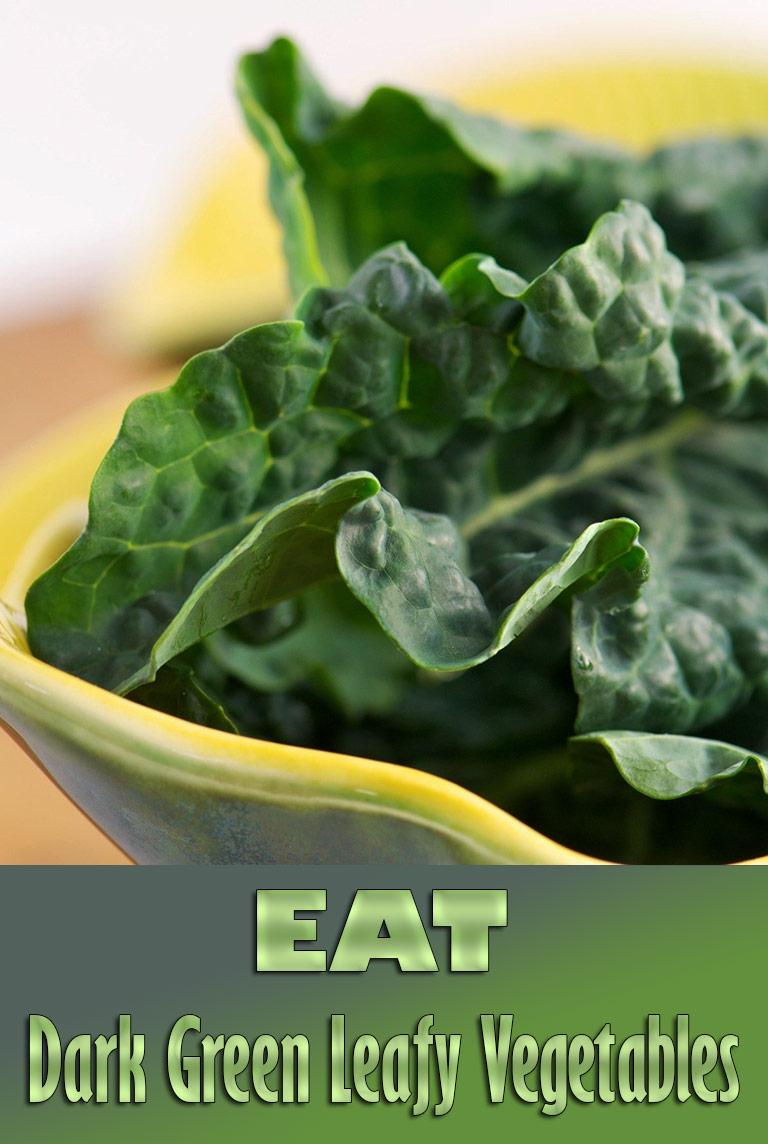


Leave a Reply